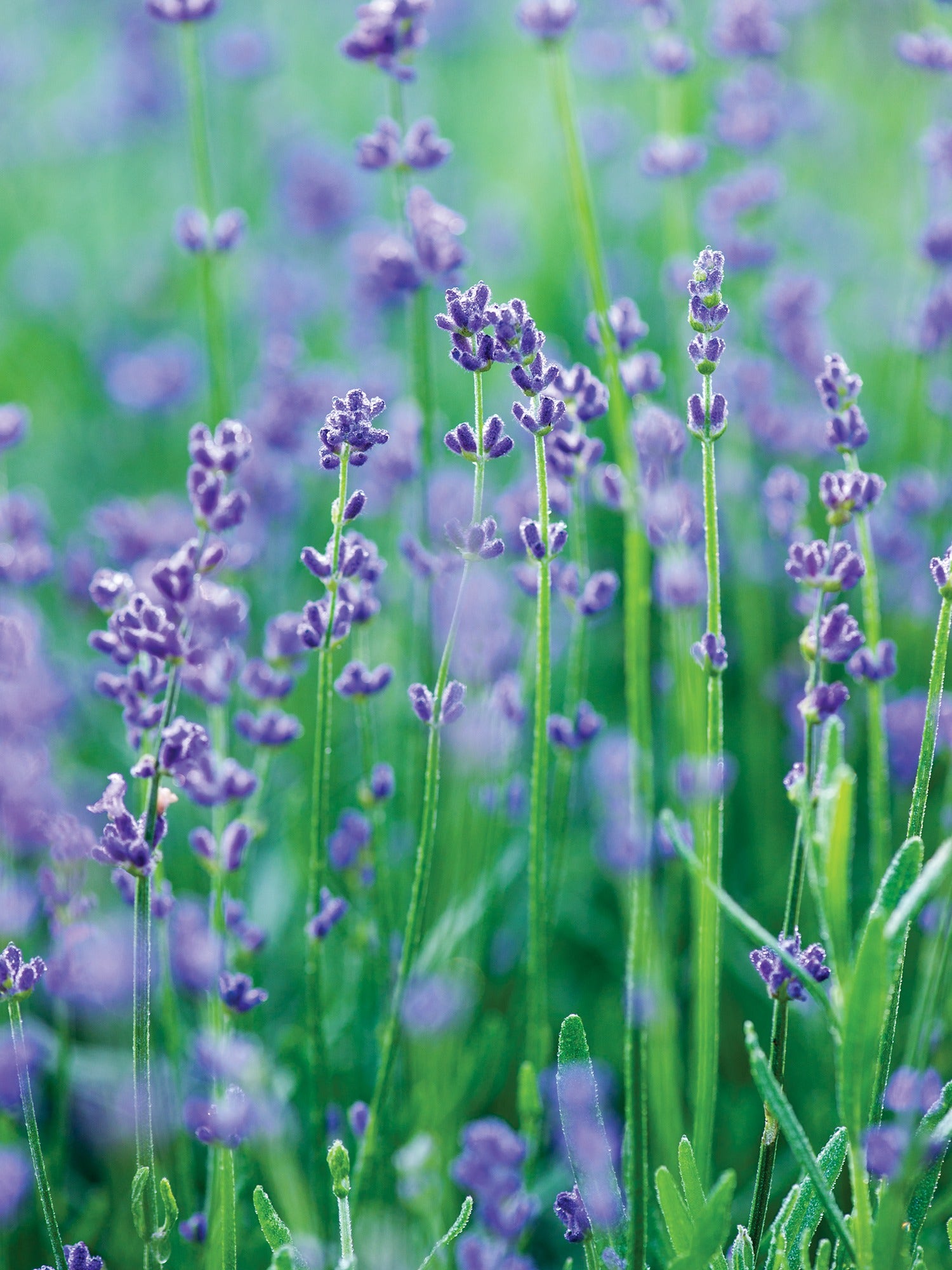Best full sun ground cover plants – 6 attractive options that can tolerate direct sun and dry soil
Choosing the right ground cover plants for sunny yards will help to add year-round interest to challenging hot and dry gardens
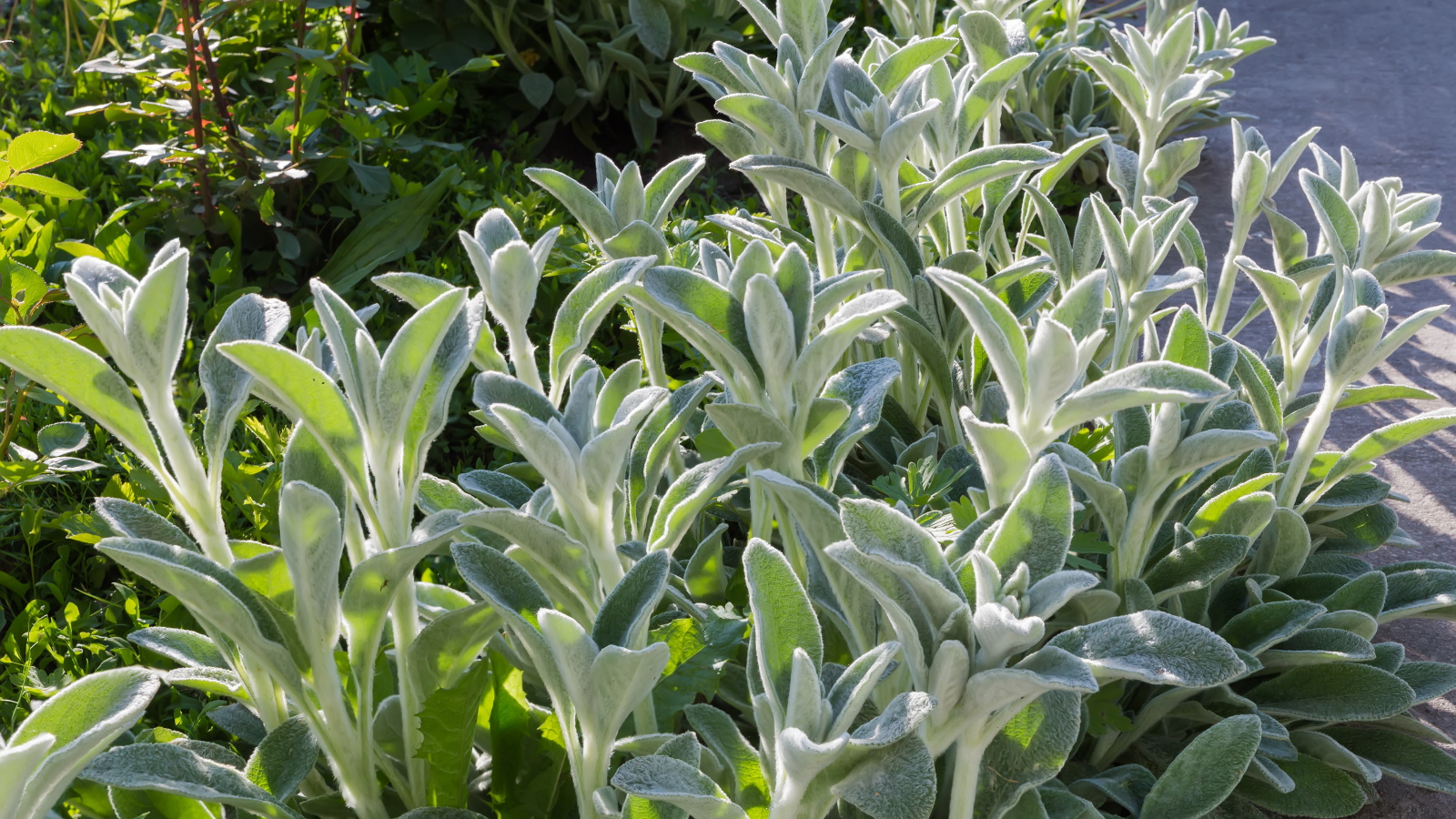

Ground cover plants are the unsung heroes of the garden. Growing low to the ground, these compact and dense plants will fill gaps and cover bare soil, while also maximizing foliage and flowers in the yard.
As with any planting selection, it is in your best interest to plant species that are suitable for the conditions found in your locality. For example, attempting to grow shade-loving plants in a sun-drenched yard will only ever result in failure. Fortunately for us, many of the best ground cover plants thrive in full-sun positions, able to handle the heat and extended periods of drought.
As a professional gardener, I have grown many ground cover plants in sunny gardens. Most recently, when working on a private estate in Tuscany, silver-foliage ground cover plants were the stars of the show, able to tolerate 40°C/104°F temperatures during long, dry summers. Here, I share a selection of 6 tried and tested ground cover plants that I have grown myself and that I know will thrive in sunny borders.
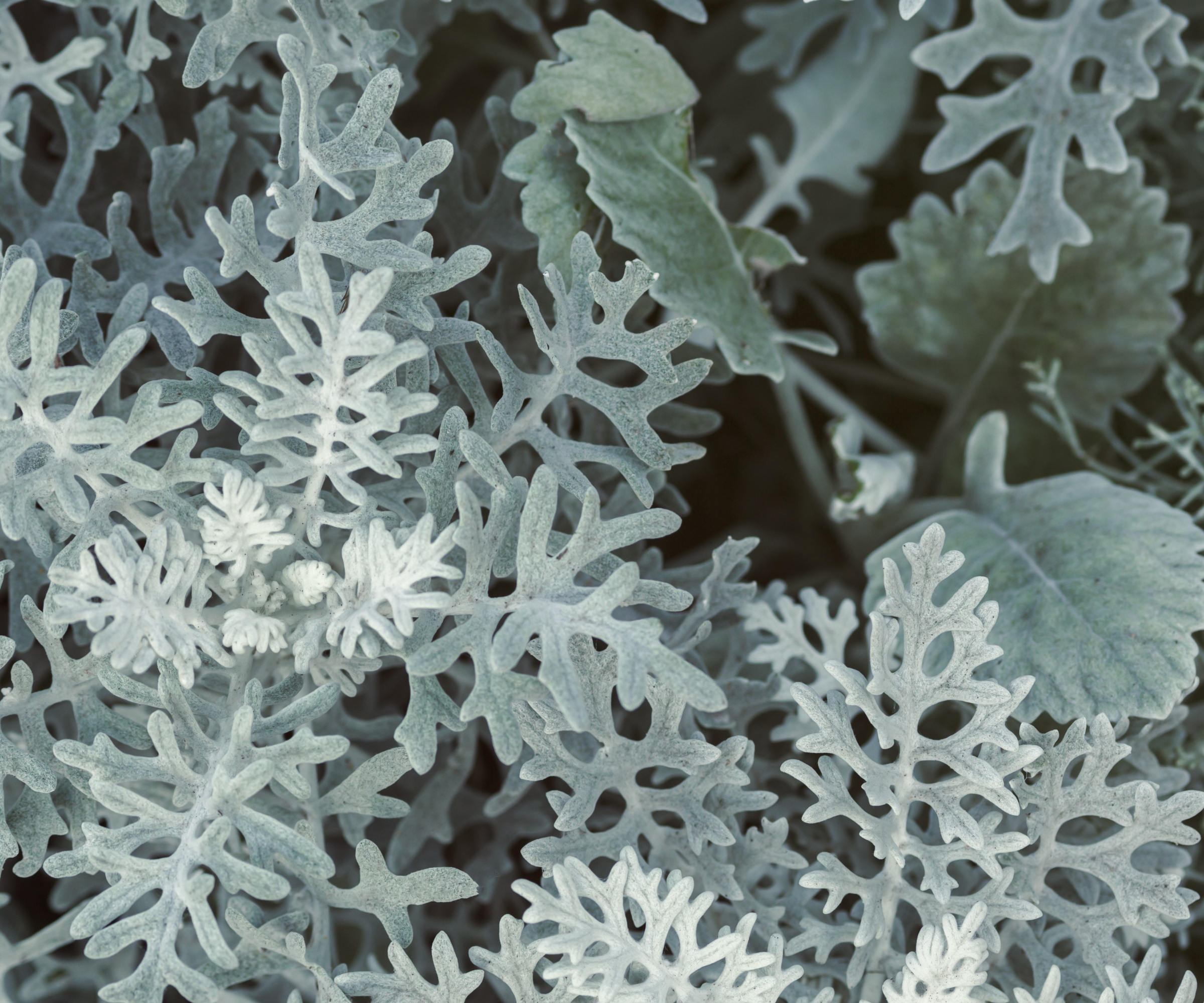
Silver foliage planting is a good idea for full-sun areas, as these plants can generally tolerate heat and drought
6 of the best full sun ground cover plants
Any garden border that receives more than six hours of direct sunlight per day is considered a full-sun location. Plenty of sunshine in a yard generally means that you can grow lots of flowering plants, but such conditions do come with challenges. Any full-sun flowering ground cover plants must tolerate direct sun and drought for parts of the spring and summer.
Many of the best drought-tolerant ground cover plants that are suited to sunny spots are listed below, and the following selections are some of my favorites.
1. Lamb's ears
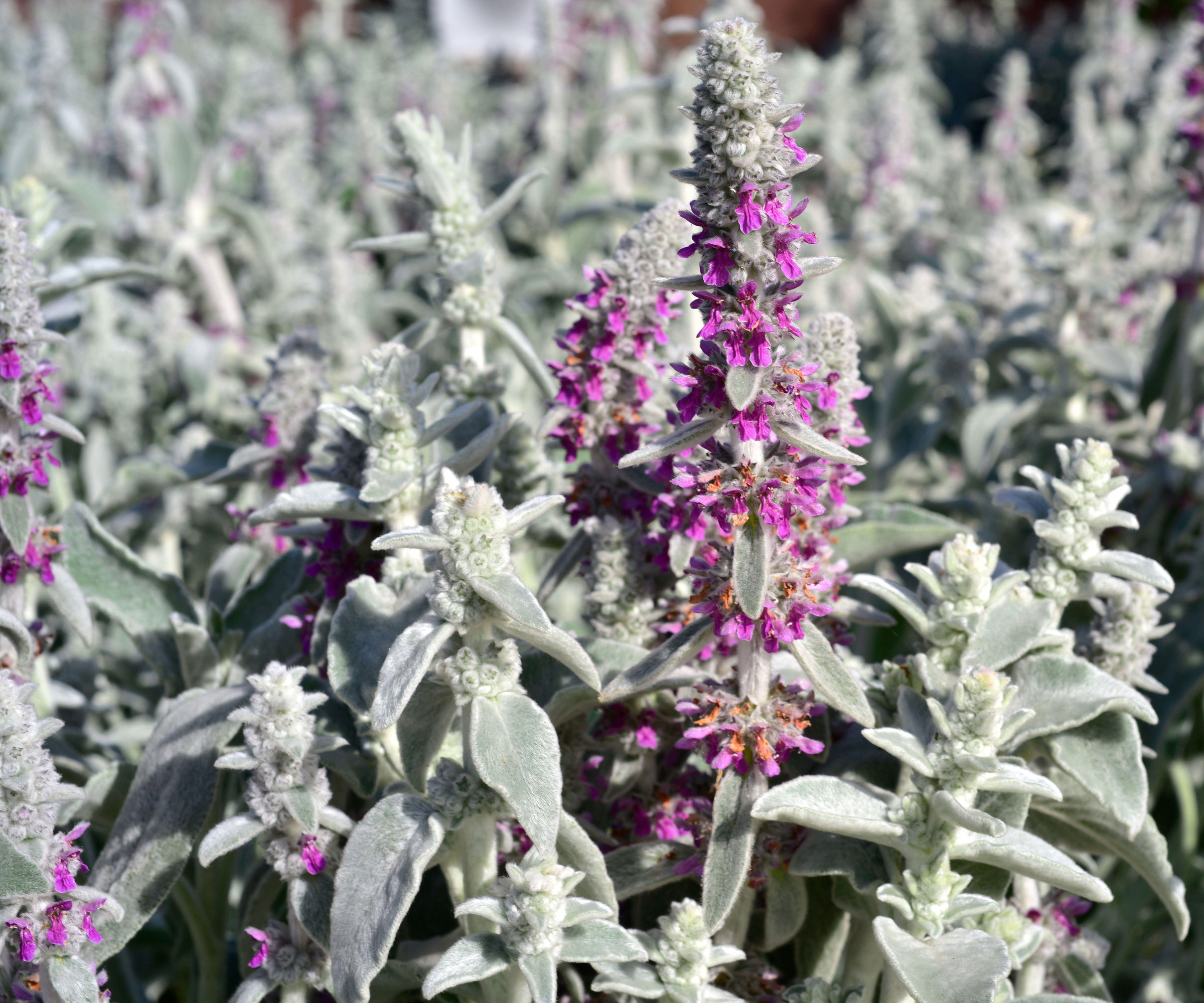
Stachys byzantina, otherwise known as lamb's ears, has silver foliage and delicate purple flowers
Stachys byzantina, or lamb's ears, is one of the best plants with silver foliage. So named for its wooly, velvety foliage covered in tiny hairs, this plant looks striking when planted along the edge of pathways or through dry, gravel gardens.
When considering how to grow lamb's ears, this hardy plant can be grown in US hardiness zone 4 to zone 10, thriving in sun-soaked yards. Silver foliage is an evolutionary adaptation, helping the plant to reflect sunlight and reduce water loss, meaning that lamb's ears will do just fine when grown in a full-sun situation.
Design expertise in your inbox – from inspiring decorating ideas and beautiful celebrity homes to practical gardening advice and shopping round-ups.
Having grown lamb's ears myself in a garden in Tuscany, I know it can survive both freezing winters and scorching summers. The pale lilac flower spikes are a bonus, but I recommend snipping them to the base after flowering, as the browning, faded blooms can detract from the attractive silver effect.
Lamb's ears starter plants can be bought online from Walmart.
2. Lavender
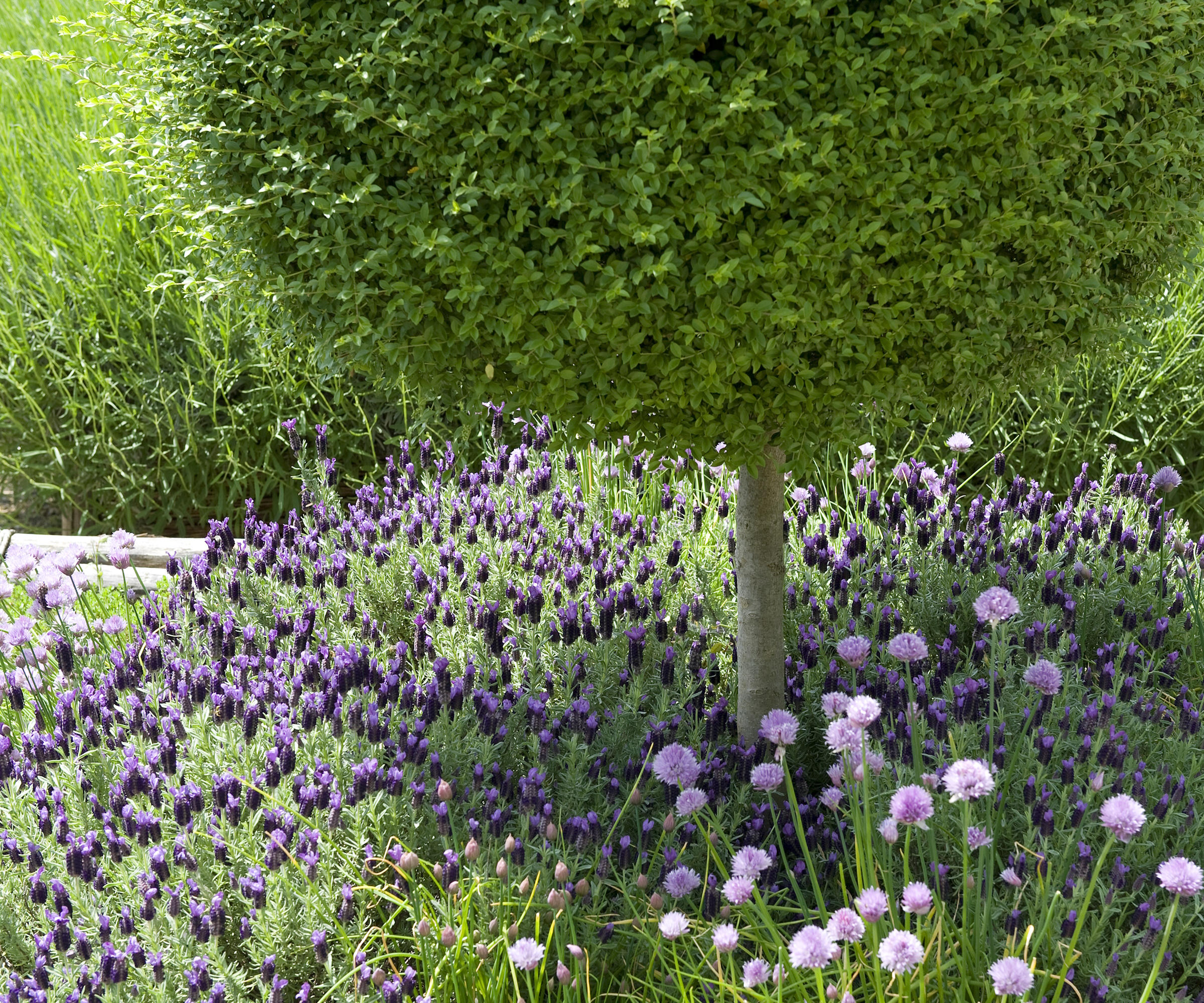
French lavender, Lavandula stoechas, has attractive silver-green foliage and provides year-round interest in sunny yards
Lavender is a resilient full-sun plant that can be planted as an evergreen ground cover. 'I love lavender as a patio accent, to soften pathway edges, or planted anywhere in the garden such as under trees,' says Lisa Fontanarosa, a lavender expert and grower based in Albuquerque, New Mexico.
'Lavender will add structure, color and fragrance to beds, borders and containers,' Lisa continues, 'and is a versatile landscaping plant.' This aromatic herb 'thrives in full-sun areas with fast-drying soils and generally requires little water.'
Spanish lavender, Lavandula stoechas, and English lavender, Lavandula angustifolia, are considered two drought-tolerant lavender species that thrive in full sun. 'Don’t plant any thirsty plants or shrubs like hydrangeas with these herbs because lavender is drought-tolerant and doesn’t require a lot of water once established,' Lisa adds.
What's more, there are very few lavender pests and problems to contend with, so this low-maintenance herb thrives with little effort needed.
Lavender plants are available to order online from Burpee.
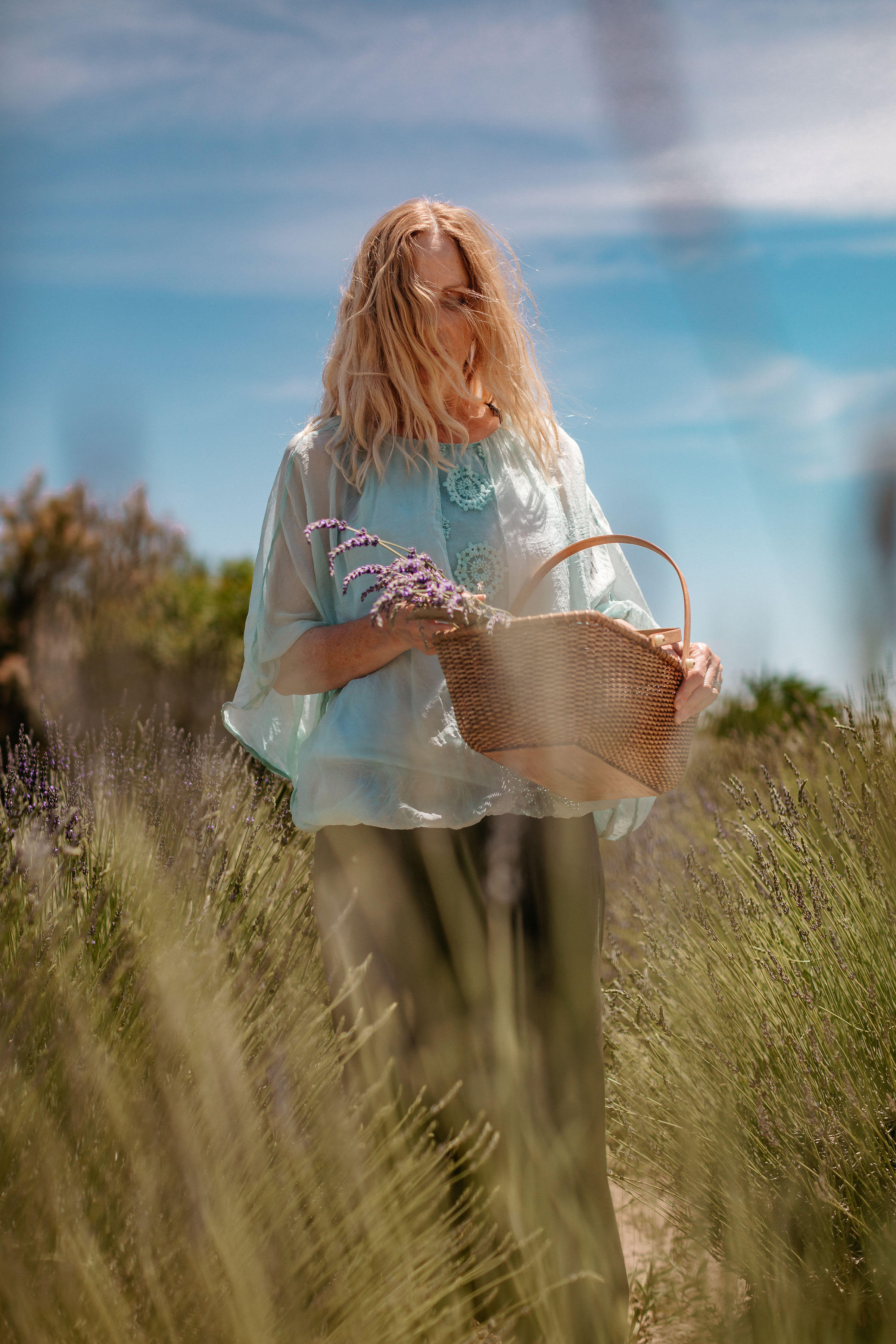
Lisa is an entrepreneur who loves plants, with a styling business, lavender farm, apple orchard, and flower gardens, based in Albuquerque, New Mexico. She is an expert lavender grower with many years of organic growing experience.
3. Cistus
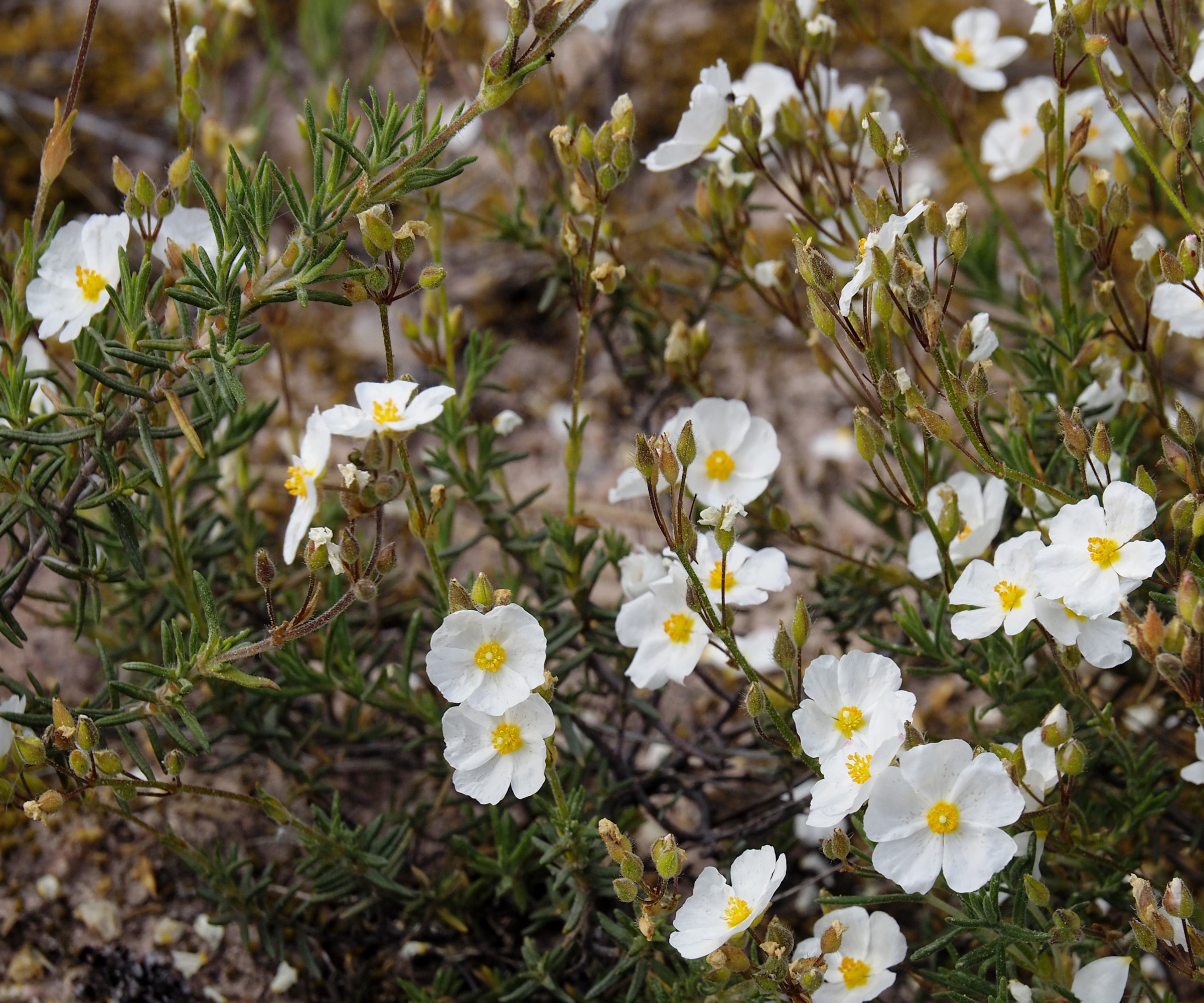
Cistus plants, commonly known as rock roses thrive in full sun positions. Cistus umbellatus, seen here, has beautiful white blooms
Often considered some of the best front yard plants, cistus, or rock roses, are ideal for sun-soaked gardens. I have grown different cistus varieties in two Italian gardens where I have worked as a professional gardener and found them to be drought-tolerant and low-maintenance, able to withstand scorching temperatures in direct sun.
Cistus shrubs are not hardy and should be grown in US hardiness zone 8 to US hardiness zone 10, preferring mild winters and warm summers.
Cistus shrubs produce attractive - if short-lived - blooms, ranging in color from white to yellow to pink. The foliage will remain evergreen in mild regions, so planting a dwarf variety, such as Cistus x skanbergii, is a good option if you are looking for full sun ground cover plants.
Cistus plants are available to buy online from Nature Hills.
4. Dianthus

Dianthus are hardy perennials that often produce masses of pink blooms. Dianthus 'Pink Kisses', seen here, is one of the most colorful varieties
Dianthus, commonly known as pinks, are striking herbaceous perennials that thrive in sunny yards. If you are seeking pink plants for a summer border, then look no further than dianthus.
'Dianthus grow best in well-drained alkaline soils,' says Susan Betz, herb expert and Honorary Master Gardener. If your soil is neutral or slightly acidic, you can apply garden lime, available from Amazon, to increase alkalinity in your borders.
'With silver foliage and pink flowers, these plants are perfect for rock gardens and sunny spots in the backyard,' Susan adds.
'Varieties like clove pink, Dianthus caryophyllus, would be ideal as a ground cover for full sun,' Susan continues. 'With low growing, silvery-blue foliage, and bright pink flowers that possess a pleasing clove-like fragrance, what more could you ask for.'
Dianthus plants are available to order online from Walmart.
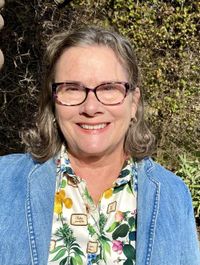
Susan Betz is an author, garden communicator, lecturer, and conservationist specializing in herbs and native plants. She has been actively growing and using herbs to educate the public about gardening and the natural world for over 35 years. She is an Honorary Master Gardener and a member of the International Herb Association, Garden Communicators, the Ecological Landscape Alliance, and the National Garden Bureau. Susan is a life member of the Herb Society of America.
5. Artemisia
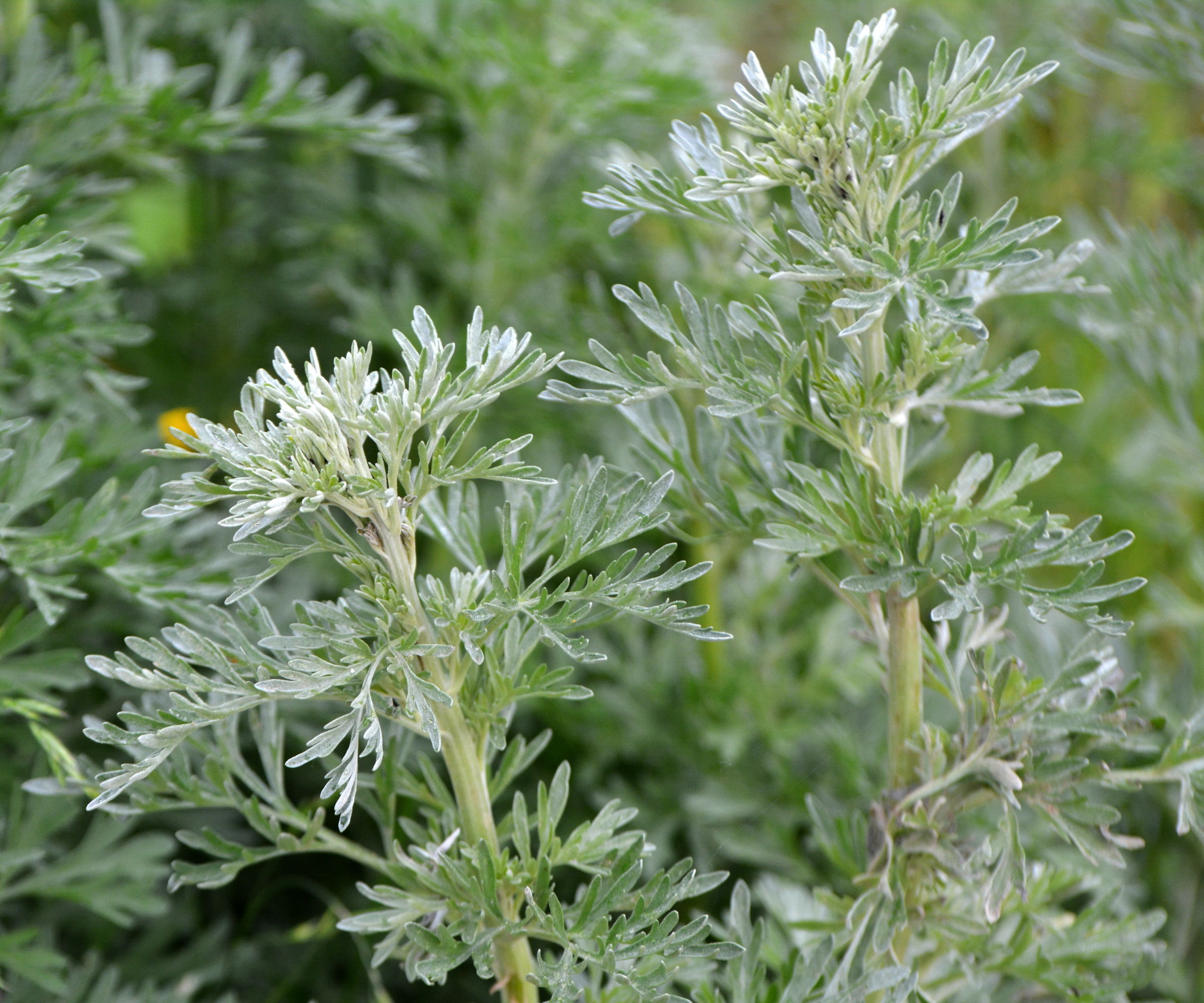
With fern-like, scented foliage, artemisia make for attractive accent plants in any yard
Artemisia is renowned for its silvery, fern-like foliage, as can be seen in the image here. Generally, artemisia are low-maintenance plants that are easy to care for. Thanks to their green-gray foliage, these plants can handle high heat and intense sunshine.
Artemisia is a good choice for dry gardens or yards in arid locations as it has a high tolerance for drought. Considered one of the best drought-tolerant flowering perennials, long and hot summers are no threat to this plant.
'Artemisia ludoviciana 'Silver Frost' or Artemisia ludoviciana 'Valerie Finnis' are two garden-worthy cultivars with beautiful silver-white foliage and a compact spreading habit,' says Susan.
'These plants thrive in poor, free-draining soils in full sun situations,' Susan adds. 'They are hardy in US hardiness zones 3 to 8, and make wonderful ground cover plants when placed in the right location.'
Artemisia starter plants are available to order online from Walmart.
6. Juniper
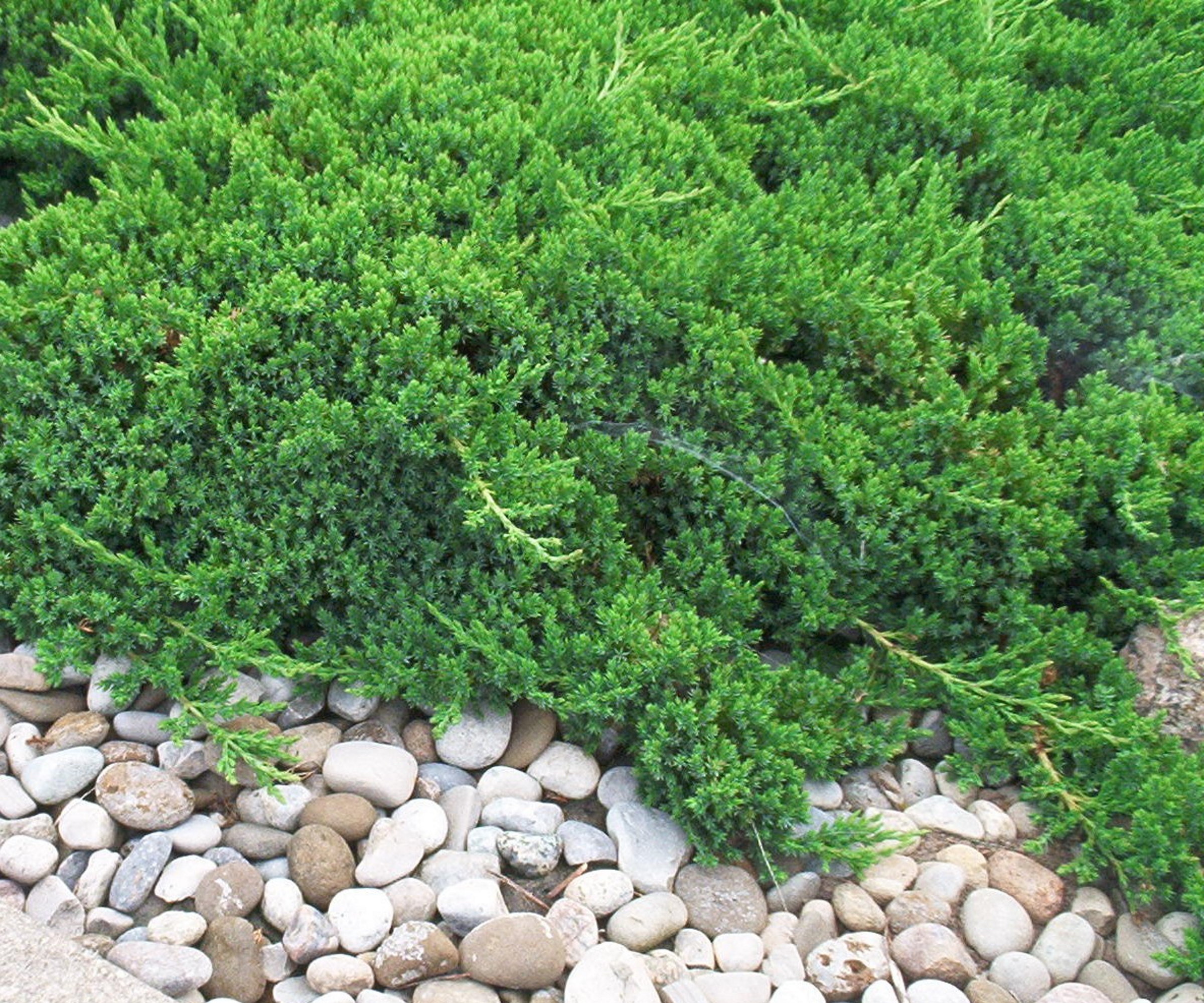
Creeping juniper, Juniperus horizontalis, is an attractive low-growing plant with evergreen foliage
Juniperus horizontalis, otherwise known as the creeping juniper, is a low-growing evergreen shrub that thrives in full sun. This native plant is found growing across much of northern North America. It can be found throughout most of Canada, and in some areas of the United States, thriving in US hardiness zone 3 to zone 9.
I grew this low-growing plant in a dry, sunny gravel garden in London several years ago. While creeping juniper does require watering for the first year as it establishes roots, I found that these plants eventually become very self-sufficient and tolerant of dry, hot summers.
Low-growing juniper is a very useful plant for most borders and yards, helping to provide a green covering while allowing other plants to add bright and bold colors, for example, bulbs and full sun perennials should be planted alongside juniper for seasonal interest.
FAQs
Do I need to water ground-cover plants that are in full-sun?
I would recommend watering any ground cover plants that have recently been added to your yard, at least during the first spring and summer. Once established, most plants that can tolerate full sun, including many of the species listed here, will be able to handle drought. The best approach, however, is to monitor the soil and regularly check your plants to see if they are in need of water, for example, if the foliage is wilting.
By incorporating full sun ground cover plants in your yard you can maximize planting and greenery in borders that can be challenging areas. Planting the right plant in the right place will ensure that your sunny garden thrives.
For more information on planting suited to dry, sunny yards, see our guide on some of the best xeriscaping plants, or read up on some of the best flowering shrubs for full sun.

Thomas is a Content Editor within the Gardens Team at Homes and Gardens. He has worked as a professional gardener for both public spaces and private estates, specializing in productive gardening, growing food and flowers. Trained in Horticulture at the Garden Museum, he has written on gardening and garden history for various publications, including The English Garden, Gardens Illustrated, Hortus, The London Gardener and Bloom. He has co-authored a Lonely Planet travel book, The Tree Atlas, due out in 2024.
